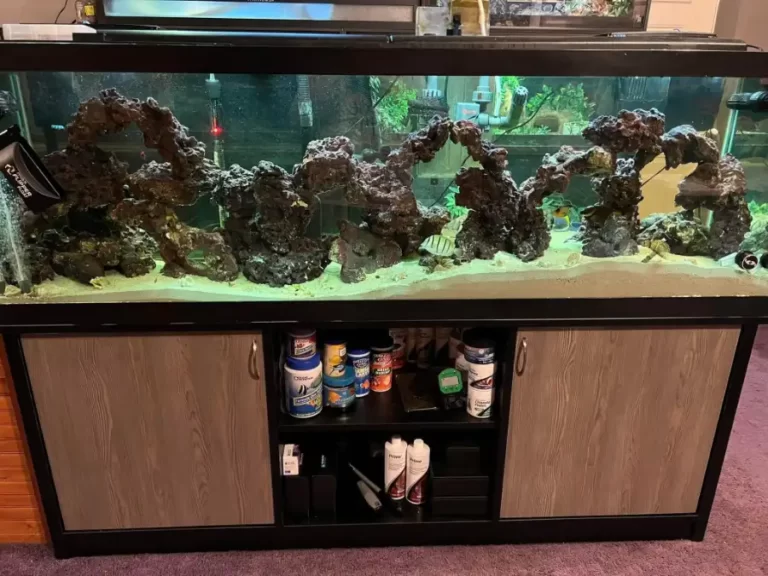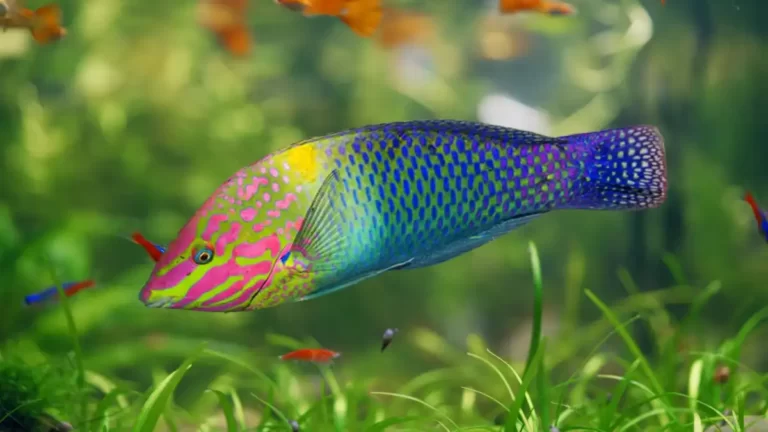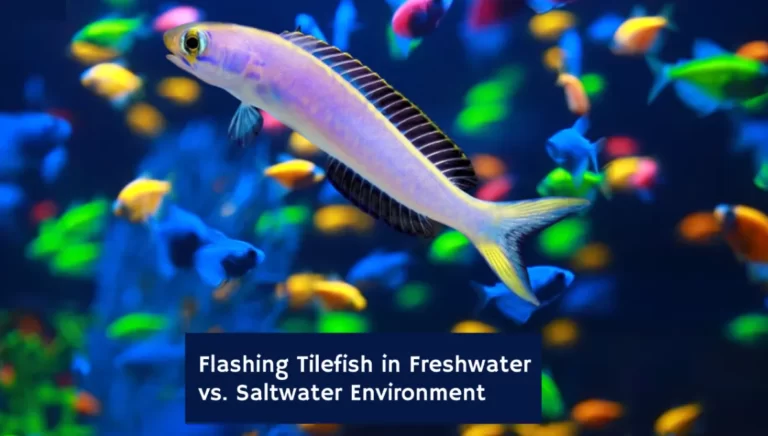Banana Torch Coral Care | Feeding Propagation, Disease and Treatment
You’ll find valuable insights into ensuring the well-being of the Banana Torch Coral intriguing coral variety in your aquarium. We’ll delve into practical care instructions, shedding light on the essential aspects of creating an optimal environment for your Banana Torch Coral to thrive.
From water conditions to lighting considerations, feeding recommendations, and routine maintenance, we’ve got you covered. Join us as we navigate the world of Banana Torch Coral care, equipping you with the knowledge you need to provide the best care for these captivating corals in your aquatic sanctuary.

Understanding Banana Torch Coral
Origin and Habitat
Banana Torch Coral (Euphyllia paraancora) is a relatively new coral species in the aquarium hobby. It was first discovered in the Solomon Islands and belongs to the family Euphyllidae. Banana Torch Coral is a hardy species, making it a great choice for beginners.
In the wild, Banana Torch Coral is found in shallow waters of the Indo-Pacific region, including Fiji, Tonga, and the Great Barrier Reef. It can be found in a variety of habitats, including rocky reefs, coral rubble, and sandy areas.
Physical Characteristics
Banana Torch Coral is named for its unique yellow coloration, which is brighter than other Euphyllia species. It has long, flowing polyps that extend from a calcified base. The polyps are typically green or brown, but can also be yellow or orange. When fully extended, the polyps can reach up to 10 inches in length.
Banana Torch Coral is a large polyp stony (LPS) coral and has a moderate growth rate. It can grow up to 12 inches in diameter and requires moderate water flow and lighting. It is important to ensure that the coral has enough space to grow and that it is not placed too close to other corals, as it can release sweeper tentacles that can harm nearby corals.
Overall, Banana Torch Coral is a beautiful and hardy species that can thrive in a variety of aquarium setups. With proper care and maintenance, it can be a great addition to any reef tank.
Caring for Banana Torch Coral
Banana Torch Coral (Euphyllia paraancora) is a beautiful and colorful type of coral that can be found in reef aquariums around the world. It is a relatively easy coral to care for, making it a popular choice for both beginner and experienced aquarists. In this section, we will discuss the ideal water conditions and feeding requirements for Banana Torch Coral.

Ideal Water Conditions
Maintaining the ideal water conditions is crucial for the health and growth of Banana Torch Coral. Here are the recommended water parameters:
| Parameter | Ideal Range |
| Temperature | 75-80°F (24-27°C) |
| pH | 8.1-8.4 |
| Salinity | 1.023-1.025 |
| Alkalinity | 8-12 dKH |
| Calcium | 400-450 ppm |
| Magnesium | 1200-1350 ppm |
| Nitrate | <5 ppm |
| Phosphate | <0.05 ppm |
It is important to maintain stable water parameters, as any fluctuations can stress the coral and make it more susceptible to diseases. Regular water testing and adjustments should be done to ensure the water parameters remain within the ideal range.
Feeding Requirements
Banana Torch Coral is a photosynthetic coral, which means it gets most of its energy from the light. However, it also requires supplemental feeding to thrive. Here are the recommended feeding requirements:
- Feed 1-2 times per week
- Feed at night when the coral’s tentacles are fully extended
- Offer small pieces of meaty foods, such as mysis shrimp, brine shrimp, or krill
- Do not overfeed, as excess food can lead to poor water quality and harm the coral
It is important to note that Banana Torch Coral is an aggressive feeder and can sting other corals in the tank. Therefore, it should be placed in a location where it has enough space to extend its tentacles without harming its neighbors.
Propagation of Banana Torch Coral
Banana Torch Coral (Euphyllia glabrescens) can be propagated through two methods: fragmentation and sexual reproduction.

Fragmentation
Fragmentation is the most common and easiest method of propagation for Banana Torch Coral. It involves breaking off a piece of the coral’s skeleton and allowing it to grow into a new colony.
To fragment a Banana Torch Coral, the coral should be removed from the water and allowed to dry out for a few minutes. Then, using a pair of coral cutters or bone cutters, the coral can be cut into small pieces. Each piece should be at least 2-3 inches long and should have a few healthy polyps.
Once the fragments are cut, they should be glued onto a piece of live rock or a frag plug using a coral glue. The new fragments should be placed in a well-lit area with moderate water flow. Within a few weeks, the fragments will begin to grow and form new polyps.
Sexual Reproduction
Sexual reproduction is a more complex method of propagation and involves breeding Banana Torch Coral in a controlled environment.
To breed Banana Torch Coral, a male and female coral are required. The corals should be placed in a breeding tank with a constant water flow and temperature. The corals will release eggs and sperm into the water, which will then fertilize and form larvae.
The larvae will float in the water column for several days before settling onto a substrate and forming a new colony. The larvae require specific water conditions and food to survive, so it is important to have a well-established breeding tank with the proper equipment and food.
Read More: Holy Grail Torch Coral: The Ultimate Guide
Common Problems and Solutions
Banana torch corals are generally hardy and easy to care for, but like any other coral, they can experience problems. Here are some of the most common problems that banana torch coral owners may encounter and how to solve them.
Disease and Treatment
Banana torch corals are susceptible to a variety of diseases, including bacterial infections and parasitic infections. Signs of disease may include discoloration, tissue recession, and loss of polyps.
If you suspect that your banana torch coral is sick, the first step is to quarantine it from other corals in your tank. This will help prevent the spread of disease. Next, you should consult with a veterinarian or an experienced coral keeper to determine the best course of treatment.
Treatment options may include medicated dips, antibiotics, or other medications. It is important to follow the instructions carefully and monitor your coral closely during and after treatment.
Compatibility Issues
Banana torch corals are generally compatible with other LPS corals, but they may not get along with other torch corals or other Euphyllia species. If you notice that your banana torch coral is not thriving or is being bullied by other corals, you may need to rearrange your tank or remove the offending coral.
In some cases, compatibility issues can be resolved by providing more space or reducing the flow of water in the tank. However, if the problem persists, it may be necessary to remove one of the corals from the tank.
It is also important to note that banana torch corals can be sensitive to changes in water parameters, so it is important to maintain stable water conditions and monitor your coral closely for signs of stress or disease.
Read More: Rainbow Chalice Coral Care, Tank Setup and Diseases
Frequently Asked Questions [FAQs]
Is Banana Torch Coral suitable for beginners in the reef-keeping hobby?
While it can be maintained by beginners, proper research and attention to water quality are crucial for success.
How do I clean the coral’s tentacles if they collect debris?
Use a turkey baster to gently blow off debris, avoiding direct contact with the coral.
What’s the typical growth rate of Banana Torch Coral?
Growth rates vary, but with optimal conditions, you can expect moderate growth, adding new heads over time.
How can I prevent diseases from affecting my Banana Torch Coral?
Quarantine new additions before introducing them to your tank, maintain good hygiene, and avoid sudden changes in water parameters.
Related Posts:






